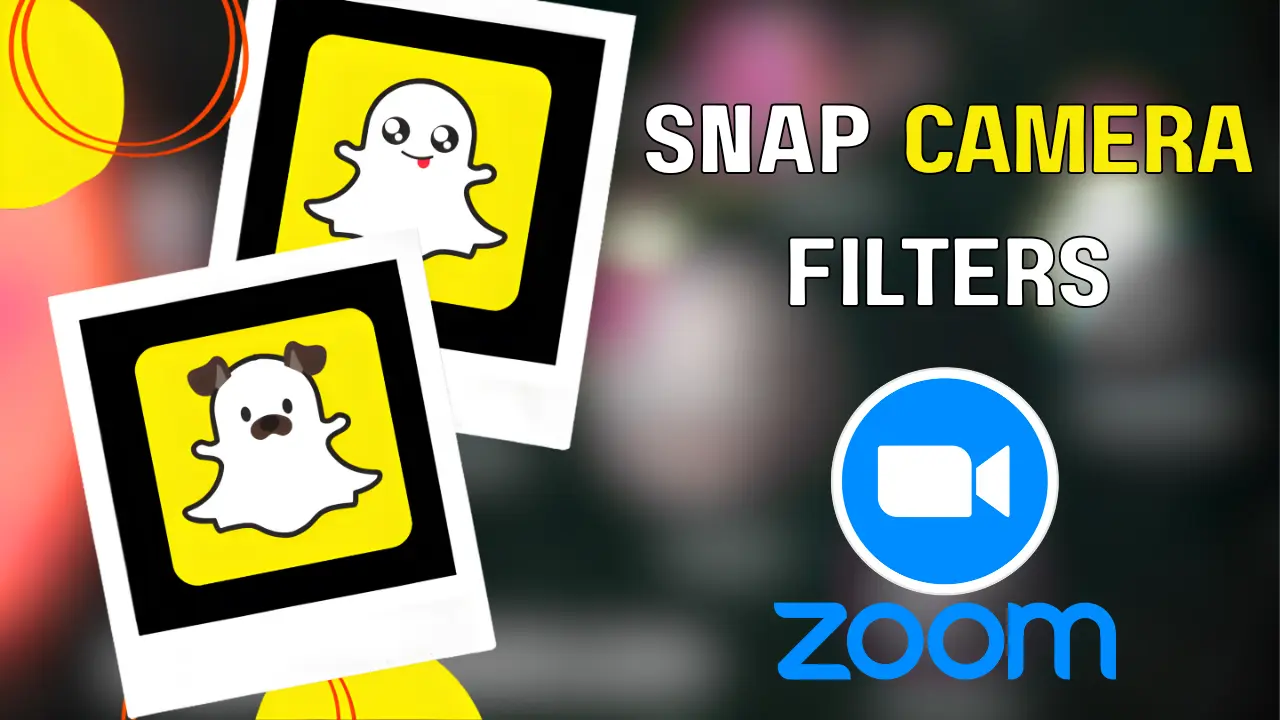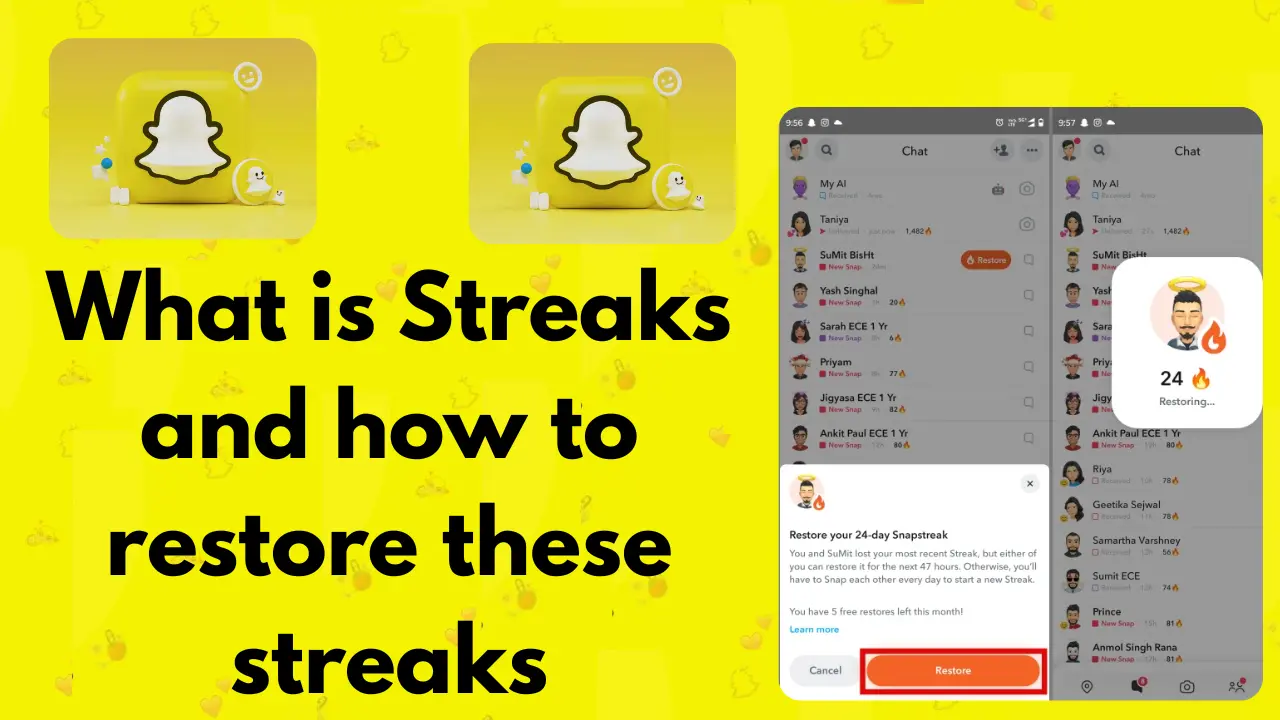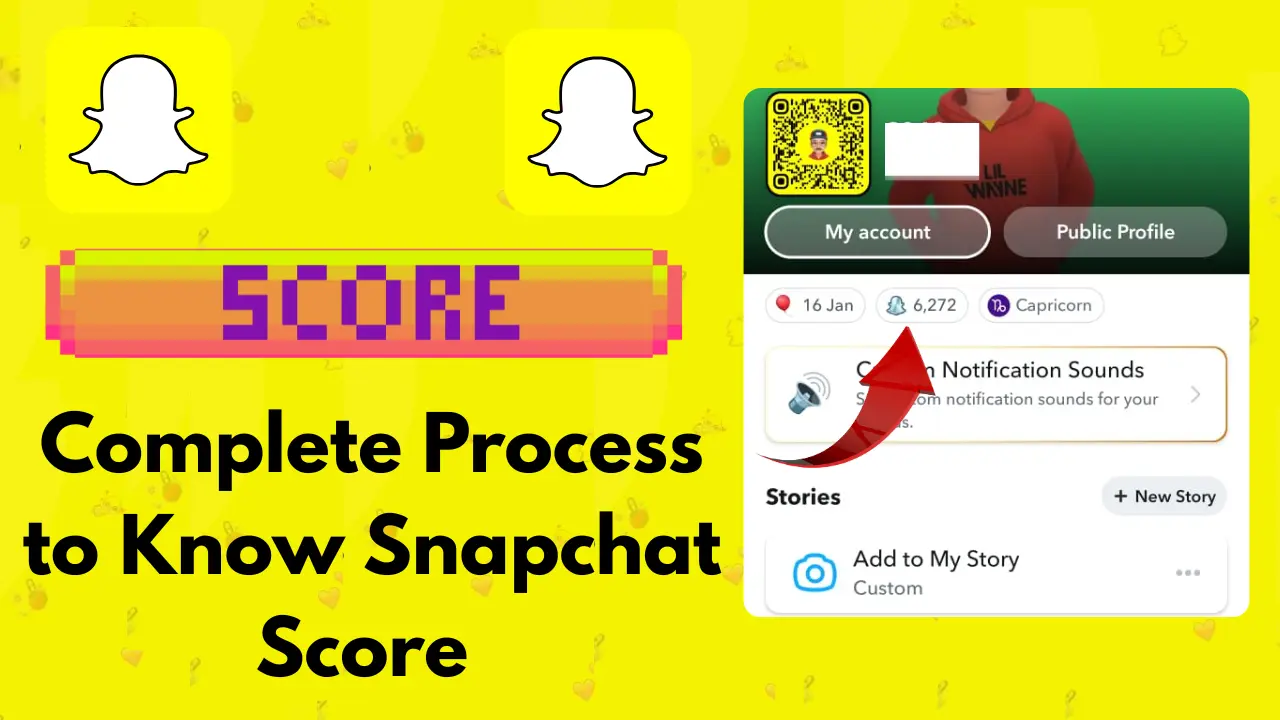Snapchat Solar System: Complete Guide About Planets & Rankings
Snapchat Solar System is an interesting feature available only to Snapchat+ subscribers, where you are treated as the sun and your close friends are represented by different planets. The more you chat and snap with a friend, the closer they will appear to you on the planet. Mercury represents your closest friend, while Neptune is the eighth closest friend. This feature shows your friendships in a colorful and creative way.
To use this feature, you need to go to Snapchat+ and turn on the Solar System option. Each planet has a meaning, such as Venus representing the second closest friend, Earth representing the third, and Mars representing the fourth closest friend. The Best Friends badge means that you are both in each other’s solar system, while the Friends badge indicates that you are in their solar system but not yours.
Snapchat initially had this feature turned on automatically, but later made it optional based on user feedback so that no one was pressured. This feature is not a measure of the true depth of friendship, but simply a creative and fun way to make your online interactions more interesting.
What is the Friend Solar System on Snapchat?
The Friend Solar System is an exclusive feature in Snapchat+, the premium subscription that offers early access to experimental tools and extra perks. With this feature, your Snapchat friends are shown as planets in a virtual Solar System, and you are placed in the center as the Sun.
Your friends’ planets are arranged in order based on how often you interact with them — through snaps, chats, and streaks. For example:
- The closest planet to you, Mercury, represents your top best friend.
- The farthest planet, Neptune, represents your eighth-closest friend.
This ranking is purely based on your Snapchat activity and is meant to be a fun, visual way of showing closeness — not an exact measure of friendship.
Also Read: How Snapchat Solar System Works – Complete Guide 2025
How Does the Snapchat Solar System Work?
The Solar System is built around eight planets, each linked to a position in your friends list. Snapchat uses interaction data to assign each friend a planet:
- More frequent chats and snaps = closer planets.
- Less interaction = planets farther from the Sun.
The order of planets follows the real solar system: Mercury, Venus, Earth, Mars, Jupiter, Saturn, Uranus, and Neptune.
Your Solar System is private — no one can see your ranking unless they check their own friend profile. Similarly, you can’t see someone’s full Solar System; you can only see your own position in theirs.
Snapchat Solar System Planets and Their Meanings
Here’s what each planet represents in the Snapchat Solar System:
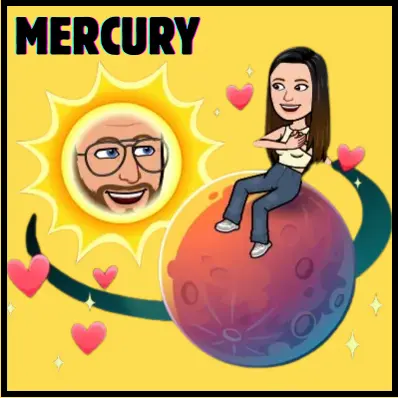
MERCURY
The first and closest planet to the Sun.
Represents the person you interact with most.
Often shown with several red hearts around your Bitmoji.
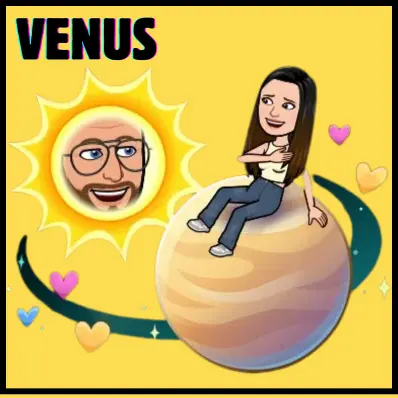
VENUS
Assigned to your second-best friend.
Bitmoji is surrounded by pink, yellow, and blue hearts.
If you interact more, they could move to Mercury.
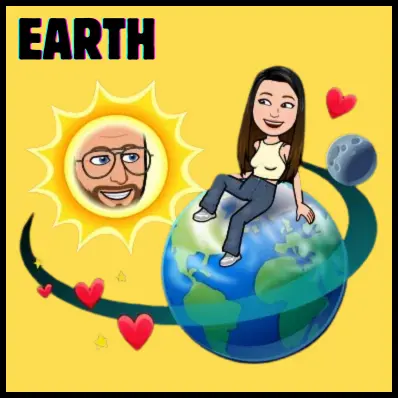
EARTH
Shows a moon orbiting the planet.
This is the friend you contact frequently, but less than your top two.
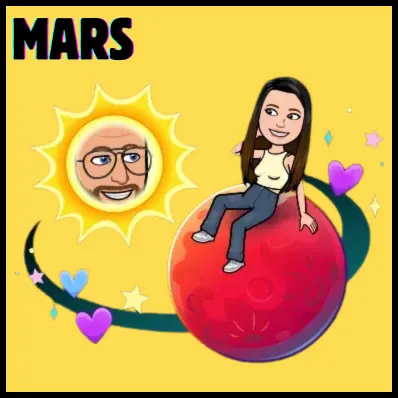
MARS
A red planet with stars and blue/purple hearts.
Shows you have consistent but slightly less interaction.
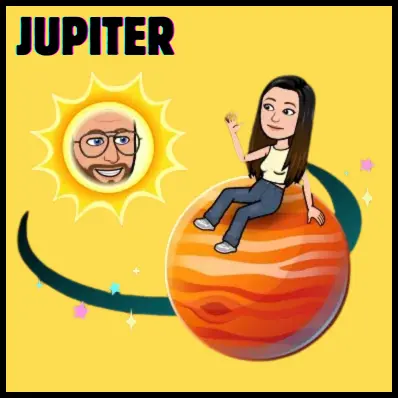
JUPITER
An orange planet with red shades.
Still a close friend but lower in rank.
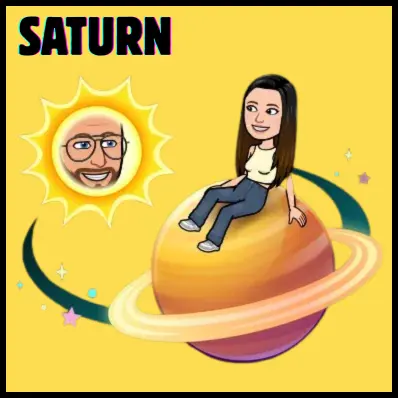
SATURN
The golden ring around the planet makes it unique.
Indicates a moderate interaction level.
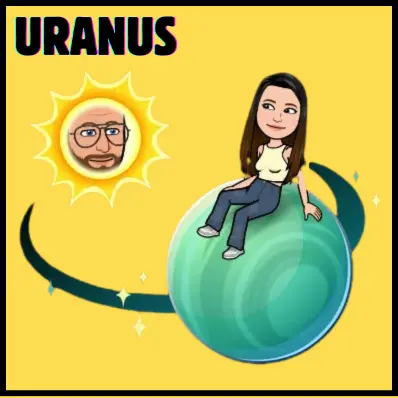
URANUS
A green planet with fewer stars and no hearts.
Suggests minimal recent interaction.
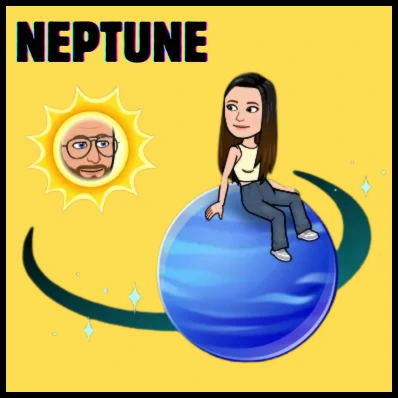
NEPTUNE
The farthest planet in the Solar System.
Represents your least close best friend in the ranking.
How to Enable the Snapchat Solar System Feature
The Solar System is off by default for new Snapchat+ subscribers, so you’ll need to turn it on manually:
- Open Snapchat and tap your profile icon in the top-left corner.
- Select Snapchat+ from the menu.
- Look for the Solar System option and toggle it on.
Once enabled, you can see your friends as planets in your friendship profiles.
Also Read: Snapchat Plus Features – Explain Premium Features and More
Viewing Your Position in a Friend’s Solar System
You can’t view someone else’s full Solar System, but you can see your place in theirs:
- Open Snapchat and go to your friend’s profile.
- Look for the Best Friends or Friends badge.
- Tap the badge to see which planet you are in their Solar System.
What the Badges Mean:
- Best Friends Badge – You’re in each other’s Solar Systems.
- Friends Badge – You’re in their Solar System, but they’re not in yours.
For example, if you appear as Mars in their Solar System, it means you are their fourth-closest friend on Snapchat.
Why Snapchat Made the Solar System Optional
When the feature first launched, it was automatically turned on. However, some users — especially teens — reported feeling anxious about seeing their friendship ranks change.
To address this, Snapchat made the Solar System optional. Now, only Snapchat+ members who want to use it can enable it, keeping the feature fun and pressure-free.
Also Read: How To Find Out Who Added You on Snapchat – Know Step-By-Step Guide
Benefits and Limitations of the Snapchat Solar System
Benefits:
- Makes tracking your closest friends fun and interactive.
- Adds a unique visual element to Snapchat+.
- Encourages engagement and regular chatting.
Limitations:
- Only available to Snapchat+ subscribers.
- Doesn’t always reflect real-life closeness — rankings can shift quickly based on app usage.
Other Snapchat+ Features Worth Trying
Snapchat+ includes more than just the Solar System. Subscribers also get:
- Early access to new experimental features.
- AI imaging tools for creative snaps.
- Exclusive icons and profile badges.
Also Read: How to Find Friends on Snapchat – 3 Easy Steps to Find Friends
FAQs – Snapchat Solar System
Final Summary
The Snapchat Solar System is a fun, visual way to see which friends you interact with most, turning your Snapchat+ experience into a colorful planetary world where you’re the Sun and your friends are planets. By understanding how each planet is ranked, enabling the feature, and checking your position in friends’ Solar Systems, you can enjoy a unique twist on tracking your connections.
While it’s not a perfect measure of closeness, it’s a creative addition to Snapchat+ that makes staying connected even more engaging. If you’re a subscriber, turn it on and explore your own digital Solar System today.

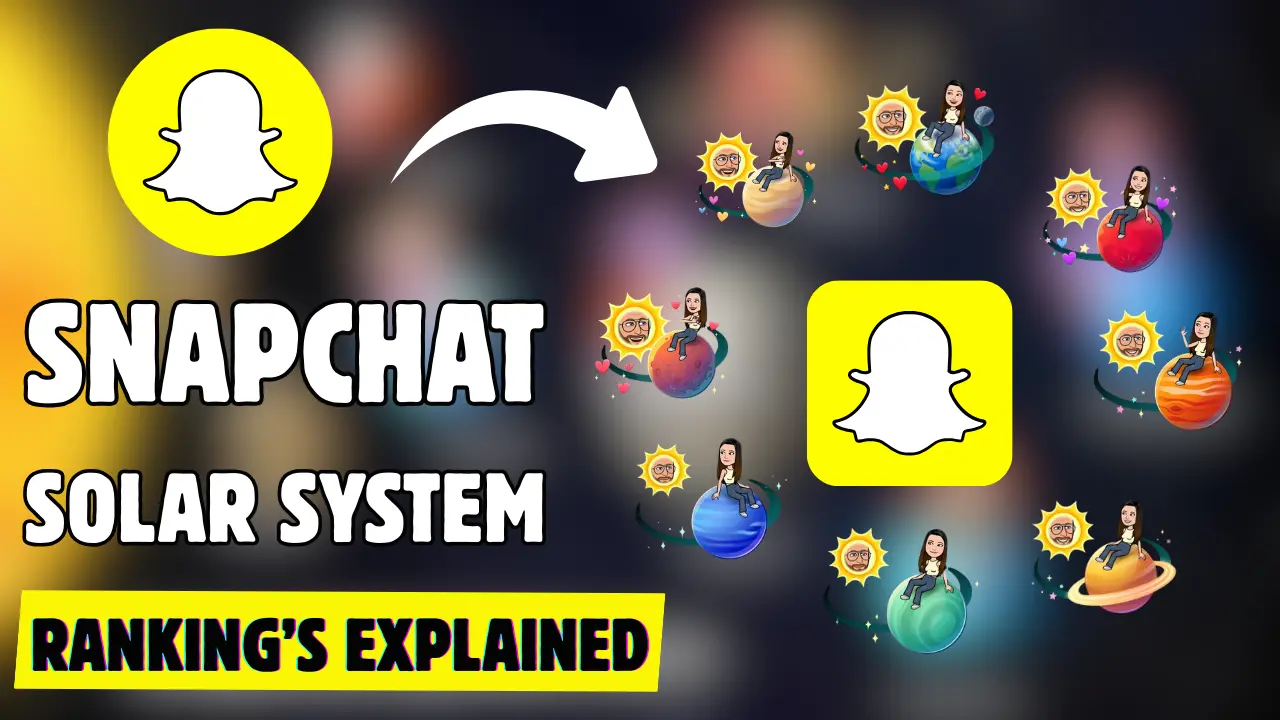
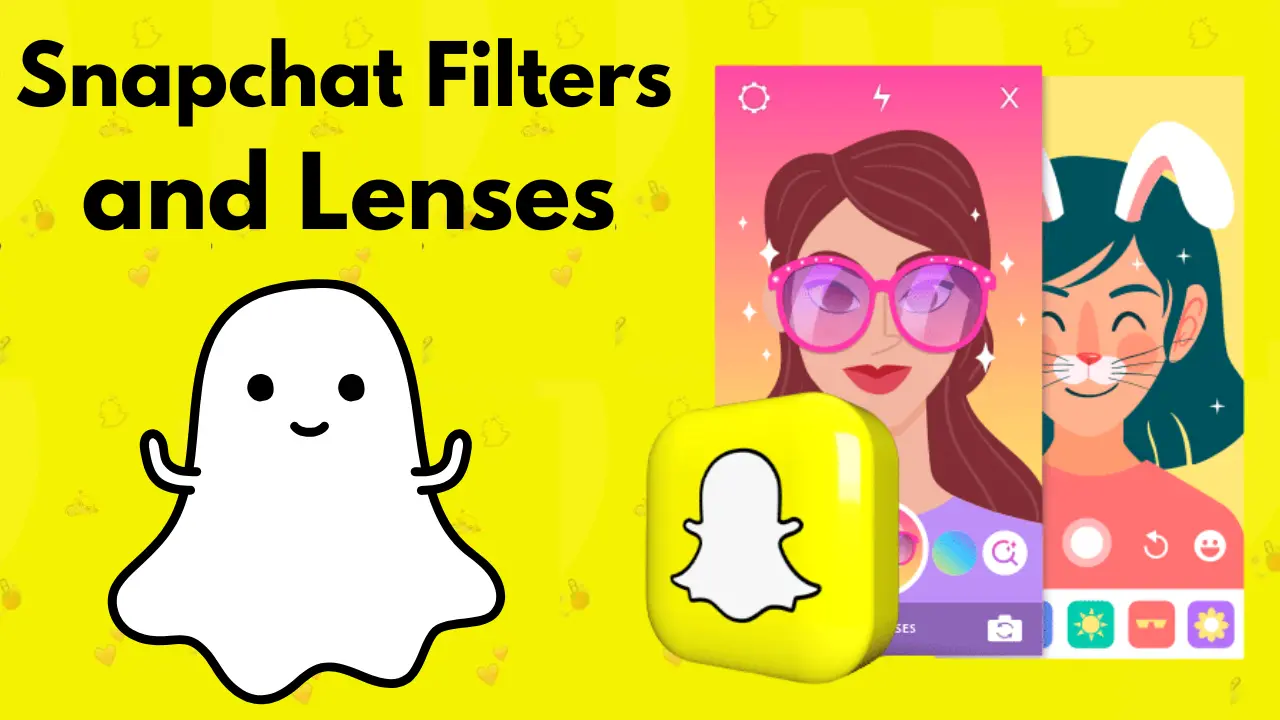
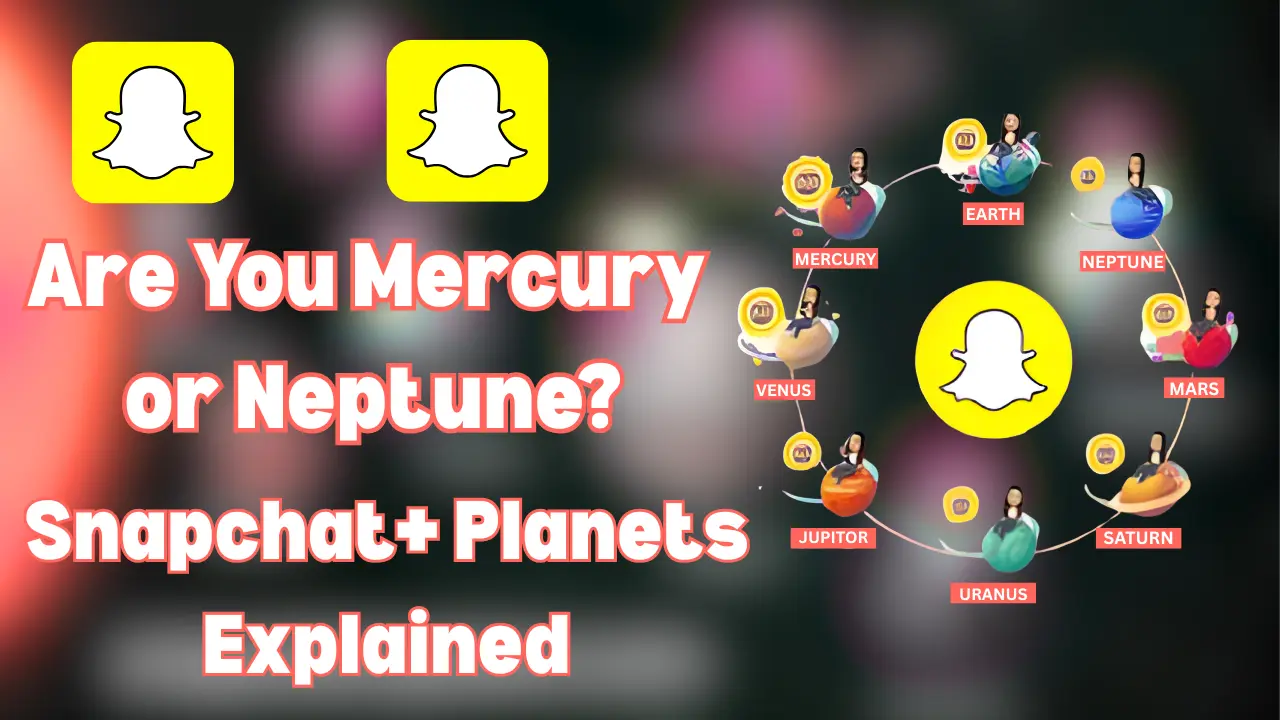
![How to Find & Add Friends on Snapchat [Step-by-Step Tips]](https://snapsolarsystem.com/wp-content/uploads/2025/06/Add-friends-on-snapchat.webp)
